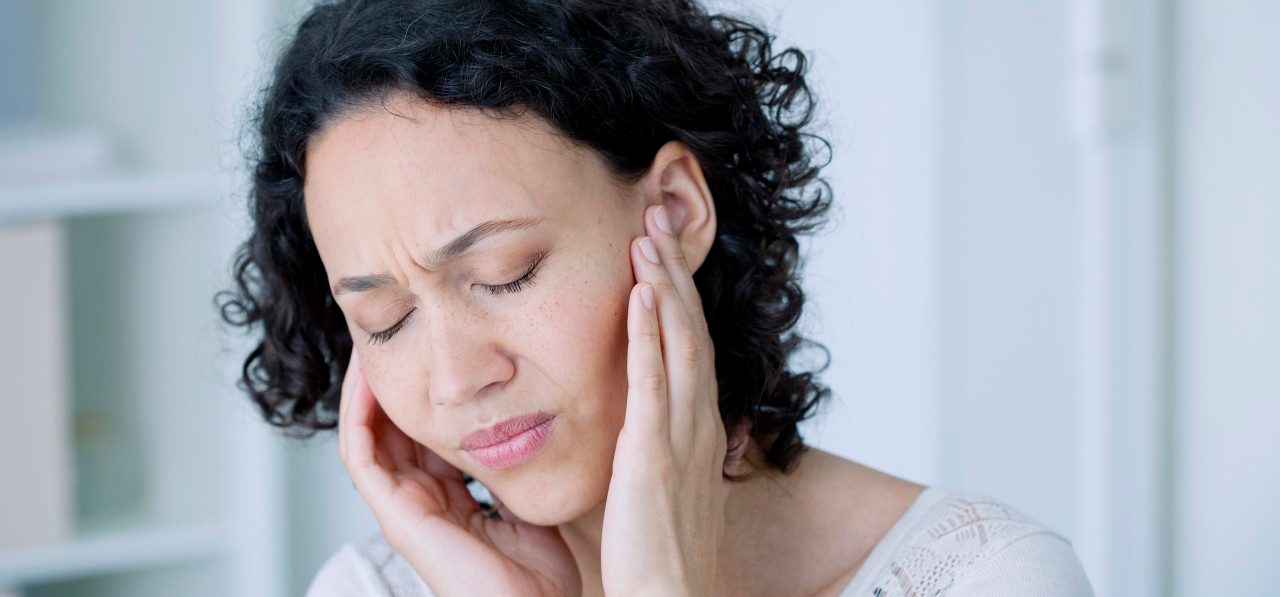Image-guided Treatment for Migraines

A new approach up the nose may stop chronic migraines.
Migraine is a condition marked by intense, usually throbbing headaches as well as sensitivity to light, nausea and, for some, visual disturbances. Although a variety of treatments, including medication and lifestyle changes, can help, they don’t work for everyone — so it’s not unusual for severe migraine headaches to sideline people from jobs and social activities. In fact, over 90 percent of sufferers are unable to work or function normally during their migraines, according to the Migraine Research Foundation.
"Migraine headaches are one of the most common, debilitating diseases in the Unites States, and the cost and side effects of medicine to address migraines can be overwhelming," said Kenneth Mandato, MD, an interventional radiologist at Albany Medical Center.
However, researchers have become nosey — literally — about where migraine pain comes from and developed a way to hopefully block it.
Mandato and colleagues zeroed in on the sphenopalatine ganglion (SPG), a nerve bundle just behind the nose linked to the trigeminal nerve, the main nerve involved in headache. Using fluoroscopy, medical imaging that produces continuous movie-like x-ray pictures, they guided a spaghetti-sized catheter to the SPG through the nasal passages of a group of migraine sufferers. Then, without using a needle, a 4 percent solution of the pain-numbing local anesthetic lidocaine was applied to the nerve bundle.
Before this treatment, the migraine patients reported how severe their migraine headaches were on a scale of 1 to 10, with 10 being the worst. Their average score was 8.25. Those who said their pain was a 4 or higher suffered from migraine headaches for more 15 days per month.
But 24 hours after the nerve blocking treatment, these same migraine sufferers’ pain scores were cut in half. What’s more, 30 days after the procedure, the research participants continued to experience fewer, less intense migraine headaches. Overall, their average pain score dropped 36 percent, and 88 percent said they required less or no migraine medication for ongoing relief.
While nobody is claiming this is a migraine cure, the nerve block appears to reduce the number of migraines. The treatment, which can be repeated if needed, could potentially break the cycle of frequent and chronic migraines, according to Mandato.
"Administration of lidocaine to the sphenopalatine ganglion acts as a 'reset button' for the brain's migraine circuitry," Mandato explained. "When the initial numbing of the lidocaine wears off, the migraine trigger seems to no longer have the maximum effect that it once did. Some patients have reported immediate relief and are making fewer trips to the hospital for emergency headache medicine.”
It’s important to note, however, that not all types of migraine will respond to this treatment. Some migraines respond to other types of treatment, including occipital nerve blocks.
Preventing as many migraine headaches as possible is important because after successive attacks some people are more likely to develop chronic and often debilitating daily migraines, according to the National Institute of Neurological Disorders and Stroke. Research is ongoing into a variety of ways to treat and prevent chronic migraine headaches by targeting the SPG, including applying the topical anesthetic bupivacaine intra-nasally and stimulating the nerve bundle with electrical stimulation.
Updated:
March 05, 2020
Reviewed By:
Christopher Nystuen, MD, MBA